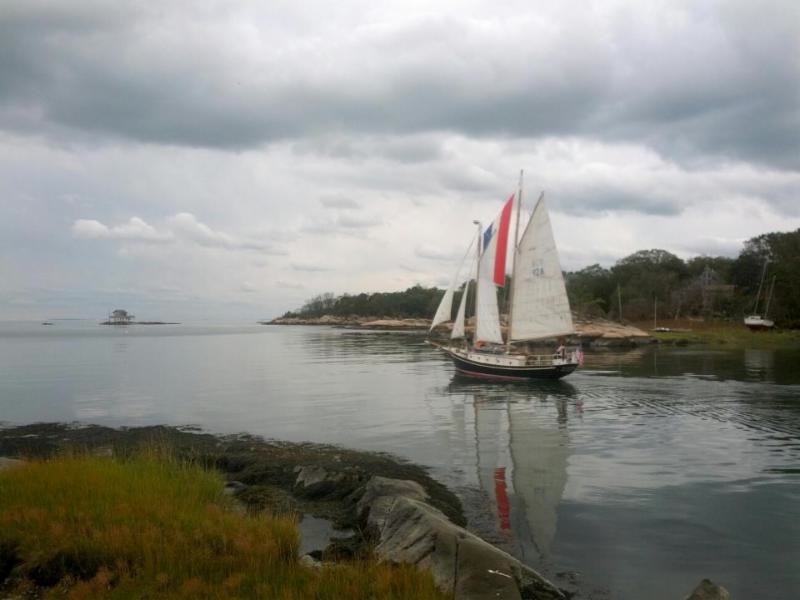David J. Miller, creator of Listen to the Sound and the Clean Water Jobs Coalition, details the history of nitrogen reduction in Long Island Sound and important collaborations still active today.
Begun in 1990, the citizen’s hearing project Listen to the Sound subsequently played a major role in the creation of the first Comprehensive Conservation and Management Plan (CCMP) for Long Island Sound. This year, the 23rd Annual Long Island Sound Citizens Summit will bring together many stakeholders, including David Miller, to discuss and prioritize strategies for Long Island Sound’s updated CCMP. We encourage you to join us. 
If you’d like to learn more about the history of Listen to the Sound and the Clean Water Jobs Coalition, please click here. Highlighted below are some of the most important moments in David Miller’s work, and how they have led to today’s management of Long Island Sound. You can also check out the previous blog post in this series.
As the second annual Listen to the Sound Conference (now the Citizens Summit) was approaching in 1992, the draft Comprehensive Conservation and Management Plan by the U.S. Environmental Protection Agency was out for public comment. One of the key provisions was to hold nitrogen pollution at 1990 levels. They were calling for a no-net increase policy of nitrogen pollution into the Sound while pollution reduction retrofits at sewer plants could be financed and implemented. The main problem facing the Sound was the overload of nitrogen pollution which in turned robbed the Sound waters of oxygen. The result was hypoxic events in the summer months that killed marine life and disrupted the ecological balance of the Sound.
Nitrogen pollution in the Sound is still a huge threat—in fact, Save the Sound has just released a report card grading the success of attempts by New York’s sewage treatment plants to reduce their nitrogen runoff into the Sound.
At the 1992 conference, David talked about the importance of building a surprising new coalition to protect Long Island Sound, one composed of trade unions and environmentalists. He said:
The construction industry already had high unemployment and if sewer hook-up bans were used to enforce the no net increase of nitrogen policy, they would have even bigger problems. I met with construction leaders before our conference and tried to explain to them that our intent was not to put anyone out of work but rather to clean up the Sound. I told them of the Listen to the Sound project and that there must be some areas of common ground. They spoke directly about their economic situation and told me that now was not the time for environmental regulations. I introduced the topic of sewer upgrades and infrastructure improvements and how that would create jobs. What could have been a disaster turned out to be the birth of a new coalition: a coalition between the construction industry, labor, and the environment groups. I often look at this day as a watershed moment.
The coalition paved the way for $200 million in the New York State 1996 Environmental Bond Act dedicated to Long Island Sound nitrogen removal projects and record support for the Clean Water Fund in Connecticut. By the early 2000’s, the coalition was responsible for the passage of both the Long Island Sound Restoration Act and the Long Island Sound Stewardship Acts in Congress.
We’re excited to hear more from David at the Citizens Summit—if you haven’t yet registered to attend, you can do so here!

3 thoughts on “Guest Post: Citizens Summit builds on work of Clean Water / Jobs Coalition”
Comments are closed.